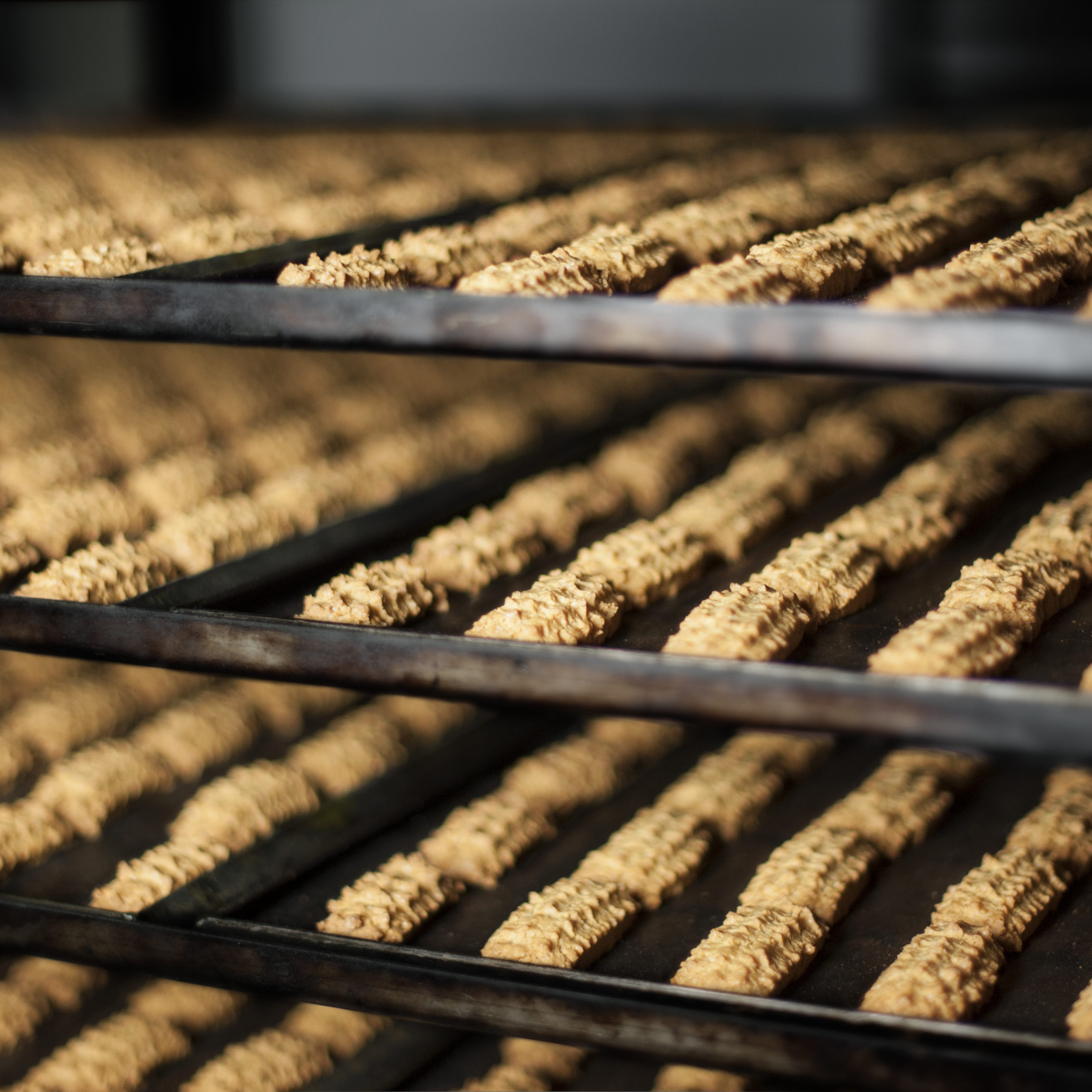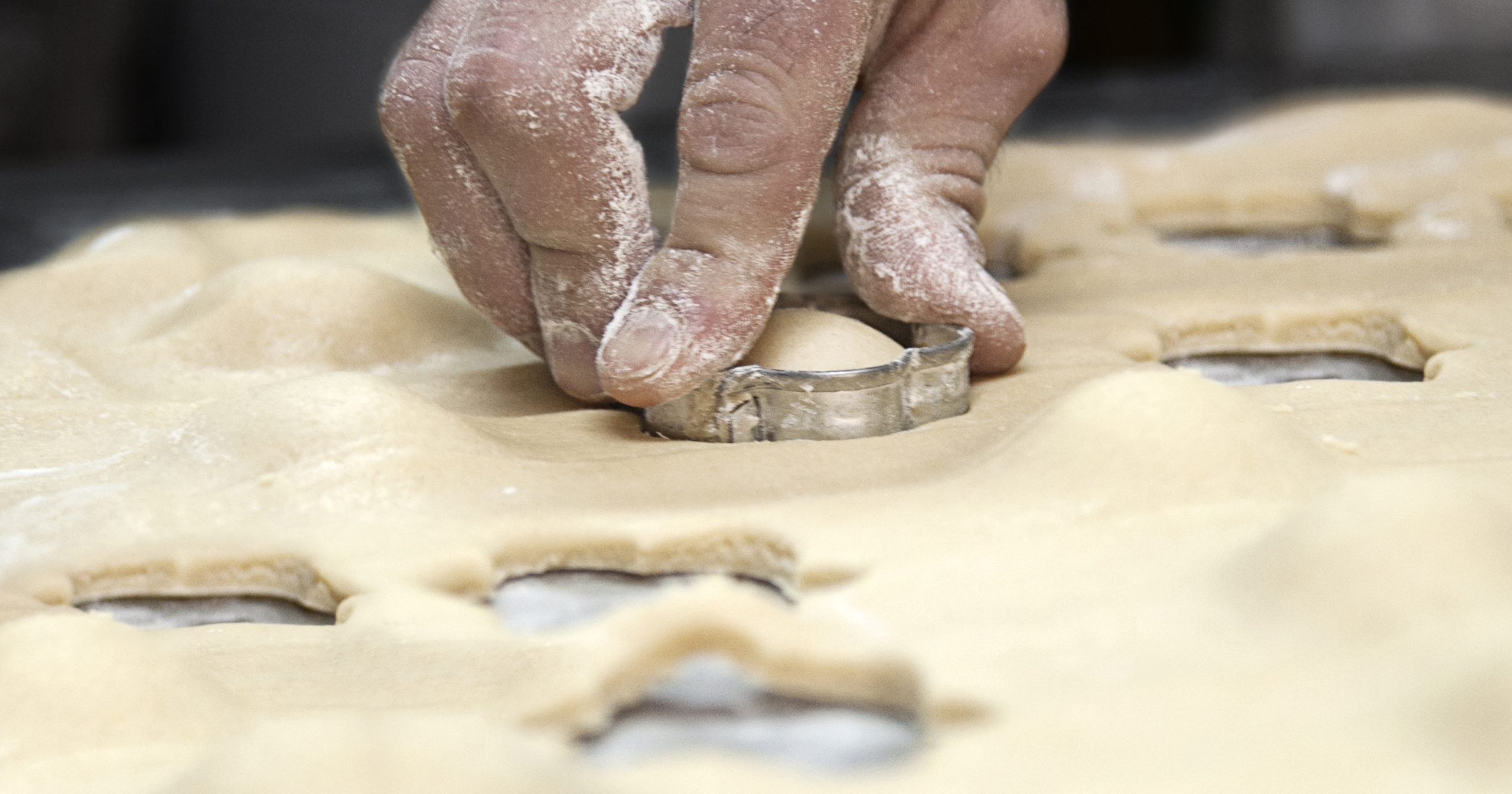In Castelbuono , in the heart of the Madonie Park, the training day on Sicilian durum wheat was held on Sunday 19 June 2016 with a theoretical-practical bread-making laboratory.
During the meeting it was possible to observe and learn the correct bread preparation techniques at the Tumminello bakery – biscuit factory , but also to discuss the benefits of these flours, nutrition and the advantages of the short supply chain.
Working the ancient Sicilian flours requires an equally ancient knowledge because, being relatively poor in gluten, the processing and cooking differ at least partially from the usual practices.
Specifically, during the workshop the secrets of the Nero delle Madonie or black Madonita wheat were revealed, a trademark registered by the Madreterra cooperative, which is produced exclusively in Gangi by the young farmer Giuseppe Dongarrà and milled by Molini Riggi.
The ancient Sicilian grains , very ancient and unmodified, are generally poor in gluten, a characteristic that should not be underestimated for those who experience gluten sensitivity problems.
More and more small and medium-sized companies aware of the problem have chosen to review their products. These include our biscuit factory, which has long been sensitive to this widespread food problem and which has rediscovered the ancient grains of Sicily such as timilia, also known as tumminia, and majorca, creating a whole line of biscuits prepared with flour obtained from them .
Generally, these are varieties that have been revalued relatively recently and therefore still escape large-scale production. On the one hand, this makes it less easy to find them, but on the other hand it favors the development of a short supply chain that allows not only to save and guarantee a fairer price to producers, but also to be more aware of the origin of what you buy. A deeply felt theme which, in fact, was addressed during the day.
In the afternoon, the conference introduced by Annalisa Sferruzza was dedicated to several fundamental topics:
- flours and the Mediterranean tradition
- the quality and the Sicilian tradition of bread preparation especially in reference to the Nero delle Madonie wheat
- the importance of the short chain illustrated through the experimental micro-chain project developed by the Association for the Promotion of the “Ancient Grains of Hymera and Halycos”.
Key themes that enriched and animated the meeting that saw the speakers Annamaria Cangelosi (Castelbuono Scienza association), Marina Castiglione, Alfio Spina, Pasquale Tornatore and the students of ISIS G. Salerno of Gangi (PA).









No comments yet